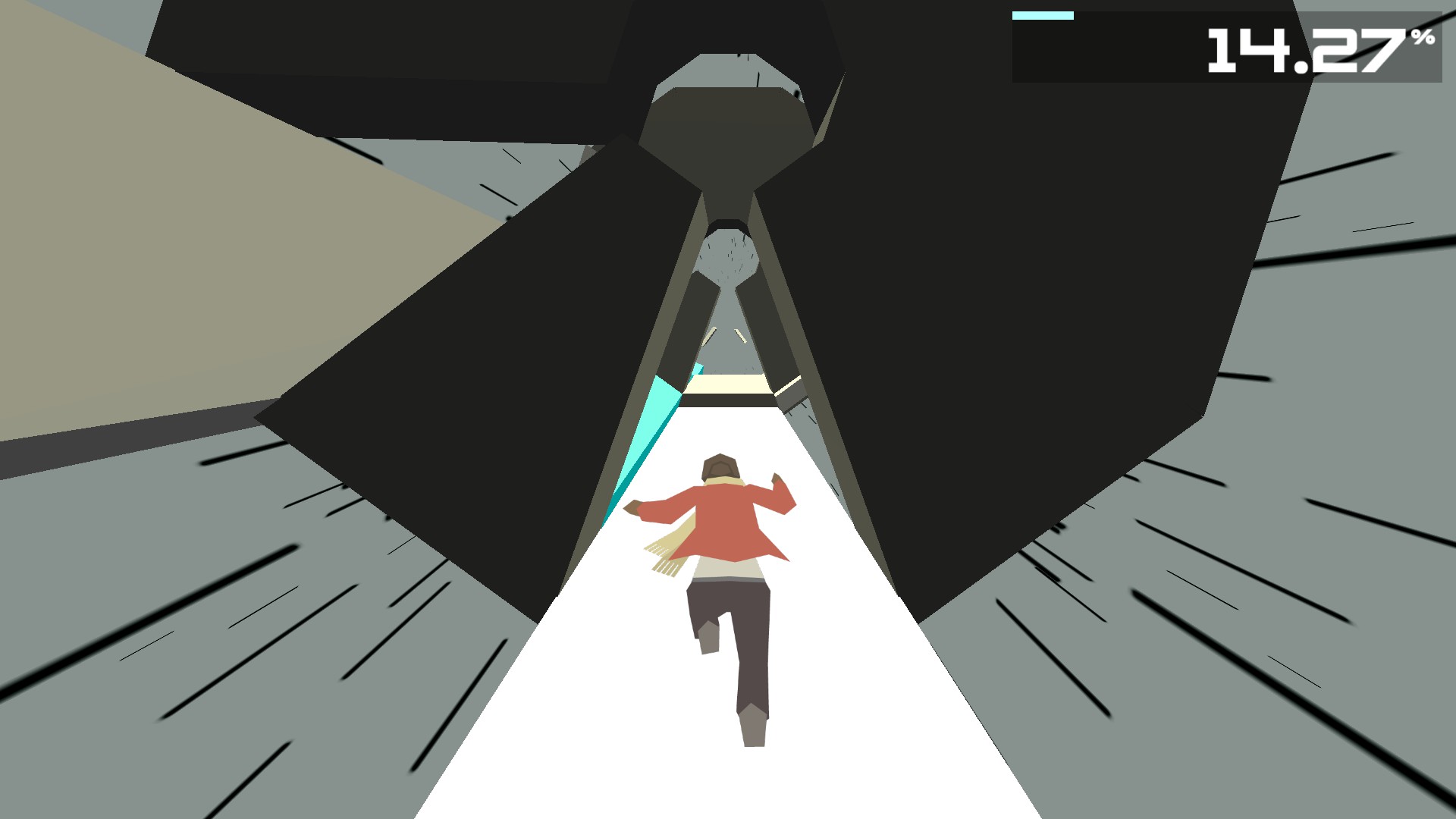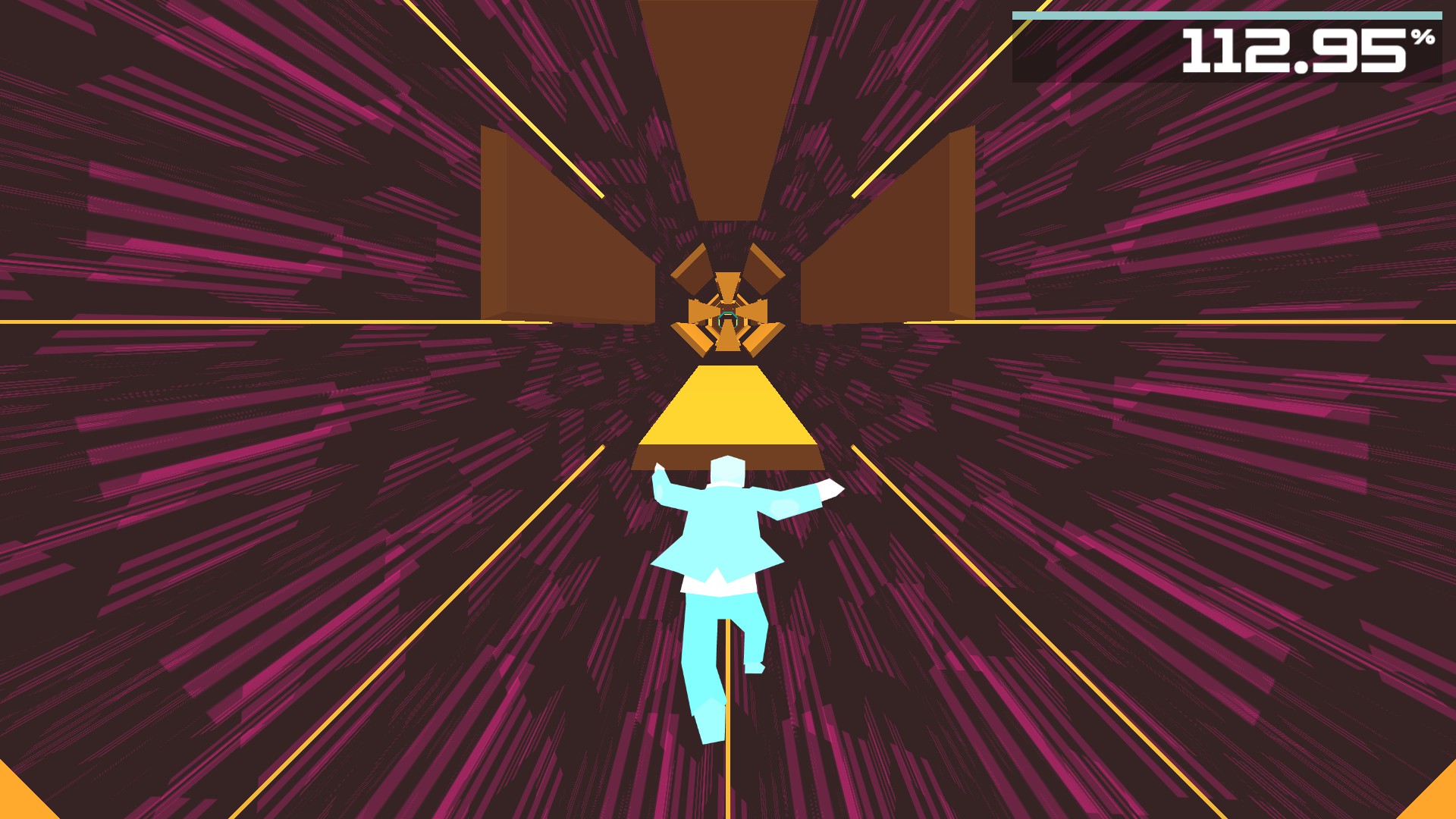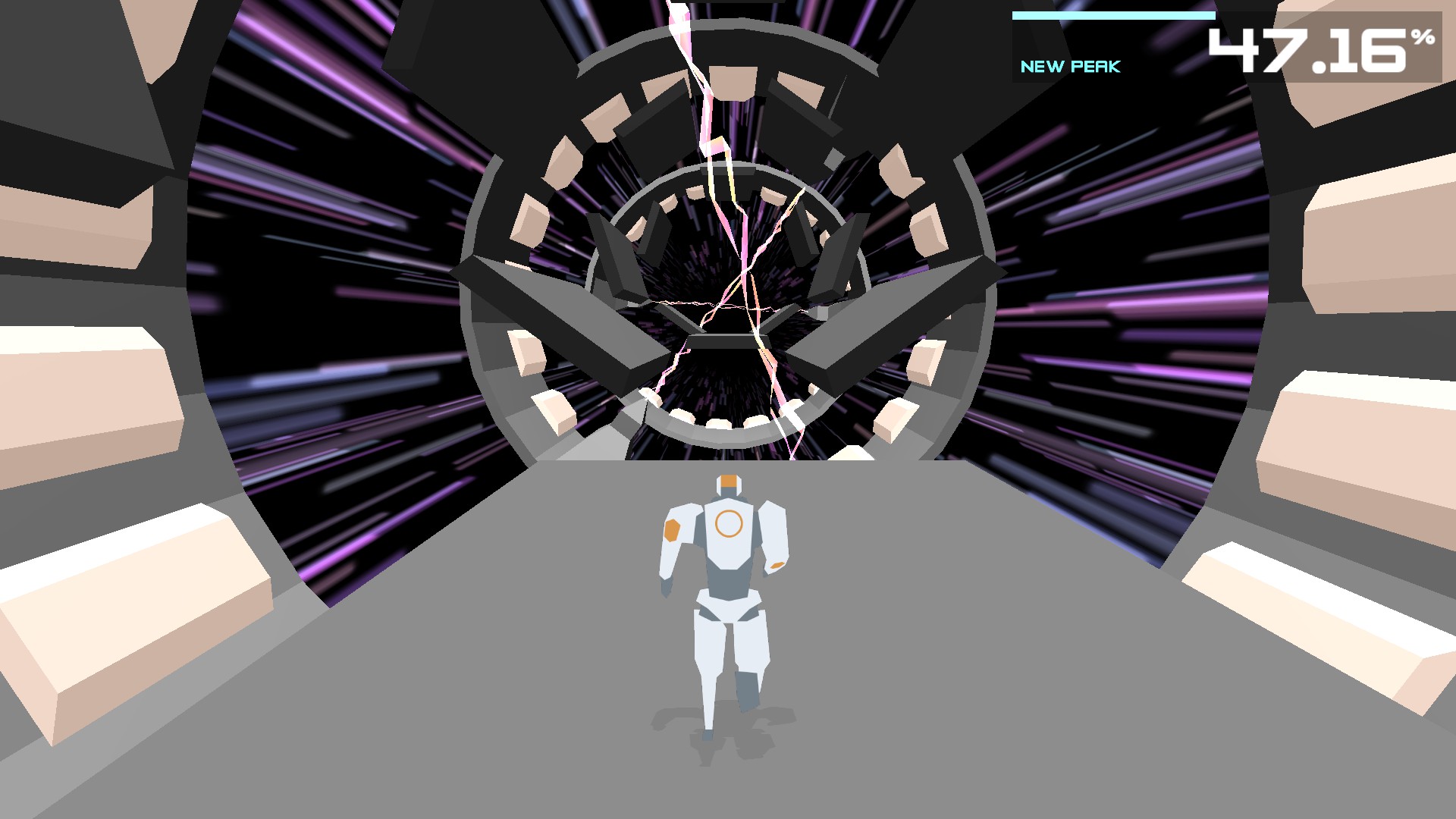

The Minimal Supersymmetric Standard Model (MSSM) predicts several Higgs bosons. In a process known as the " Higgs mechanism", the Higgs boson and the other gauge bosons in the Standard Model acquire mass via spontaneous symmetry breaking of the SU(2) gauge symmetry. The Higgs boson is postulated by the electroweak theory primarily to explain the origin of particle masses.

Bosons may be either elementary, like photons and gluons, or composite, like mesons.Īccording to the Standard Model, the elementary bosons are: Bosons are characterized by Bose–Einstein statistics and all have integer spins.

Their respective antiparticles are the antiquarks, which are identical except that they carry the opposite electric charge (for example the up quark carries charge + 2⁄ 3, while the up antiquark carries charge − 2⁄ 3), color charge, and baryon number. Quarks are the only known carriers of fractional charge, but because they combine in groups of three (baryons) or in pairs of one quark and one antiquark (mesons), only integer charge is observed in nature. Quarks are the fundamental constituents of hadrons and interact via the strong force. In the Standard Model, there are 12 types of elementary fermions: six quarks and six leptons. They are classified according to whether they interact via the strong interaction or not. Fermions are the basic building blocks of all matter.

It is not known whether the neutrino is a Dirac fermion or a Majorana fermion. All known fermions, except neutrinos, are also Dirac fermions that is, each known fermion has its own distinct antiparticle. They include the quarks and leptons, as well as any composite particles consisting of an odd number of these, such as all baryons and many atoms and nuclei.įermions have half-integer spin for all known elementary fermions this is 1⁄ 2. Fermion particles are described by Fermi–Dirac statistics and have quantum numbers described by the Pauli exclusion principle. Many other hypothetical elementary particles, such as the graviton, have been proposed, but not observed experimentally.įermions are one of the two fundamental classes of particles, the other being bosons. All the particles of the Standard Model have been experimentally observed, recently including the Higgs boson in 2012. Fermions have half-integer spin while bosons have integer spin. Elementary particles are classified according to their spin. Many families and sub-families of elementary particles exist. They are the fundamental objects of quantum field theory. See Standard Model for the current consensus theory of these particles.Įlementary particles are particles with no measurable internal structure that is, it is unknown whether they are composed of other particles.


 0 kommentar(er)
0 kommentar(er)
